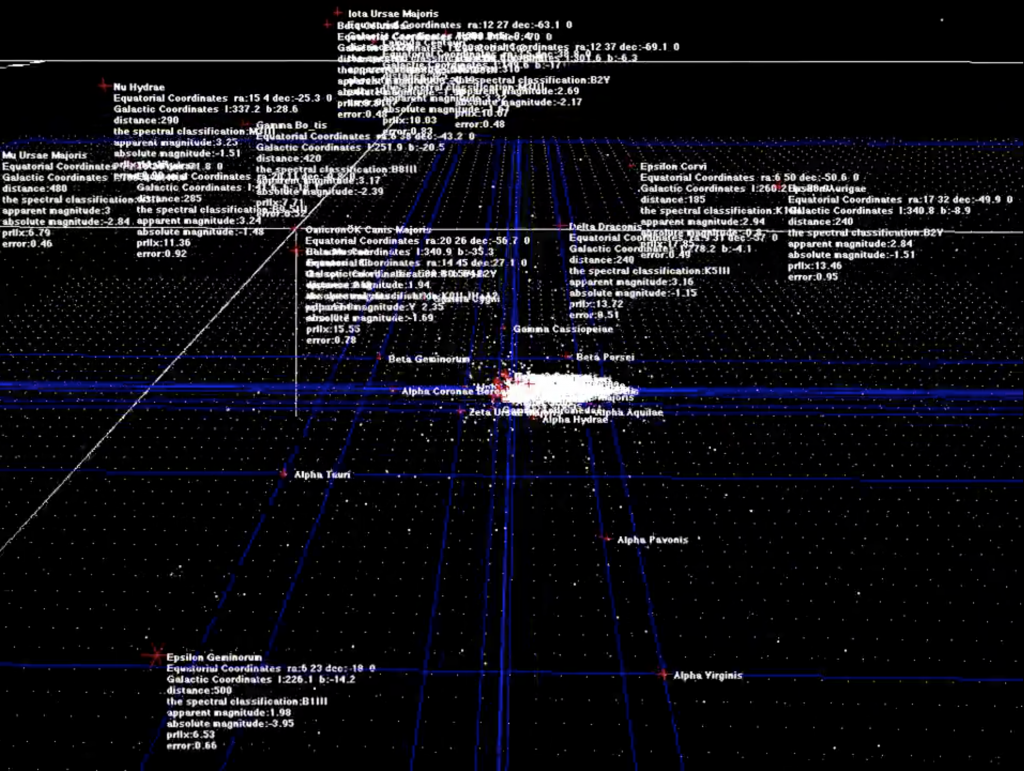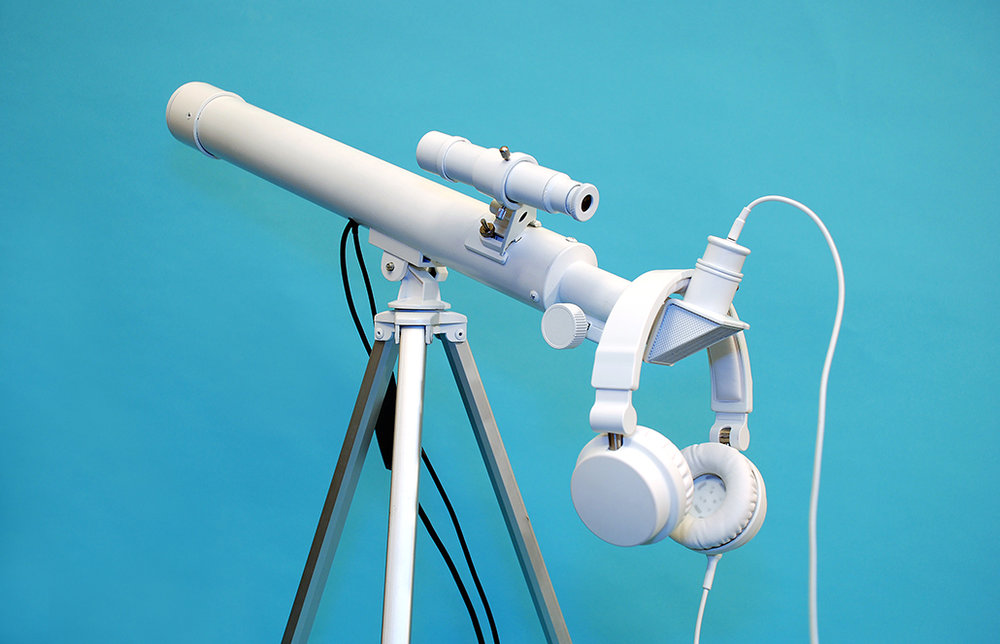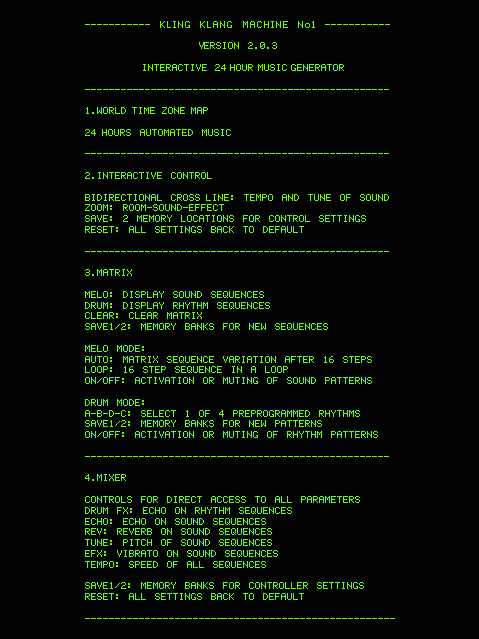
Ryoji Ikeda is a sound artist primarily interested in generating sound tones and noise rather than instrumentals and voice. I am particularly interested in his audiovisual concert, Datamatics, which is an art project exploring making the intangible nature of data into something perceivable. Through a multisensory experience, Ikeda creates a soundscape generate based off of pure data. The soundtrack is jarring and almost hypnotic, with many layers and frequencies that create the feeling of being overwhelmed. Paired with the binary nature of the visuals, Ikeda presents a very accurate feeling of data and its presence in our lives. However, since I am viewing this work from a web page, I would like to know more about how this piece was incorporated into a physical environment and what other interactions were present within that space to enhance the communication of pure data.
![[OLD FALL 2018] 15-104 • Introduction to Computing for Creative Practice](../../../../wp-content/uploads/2020/08/stop-banner.png)









